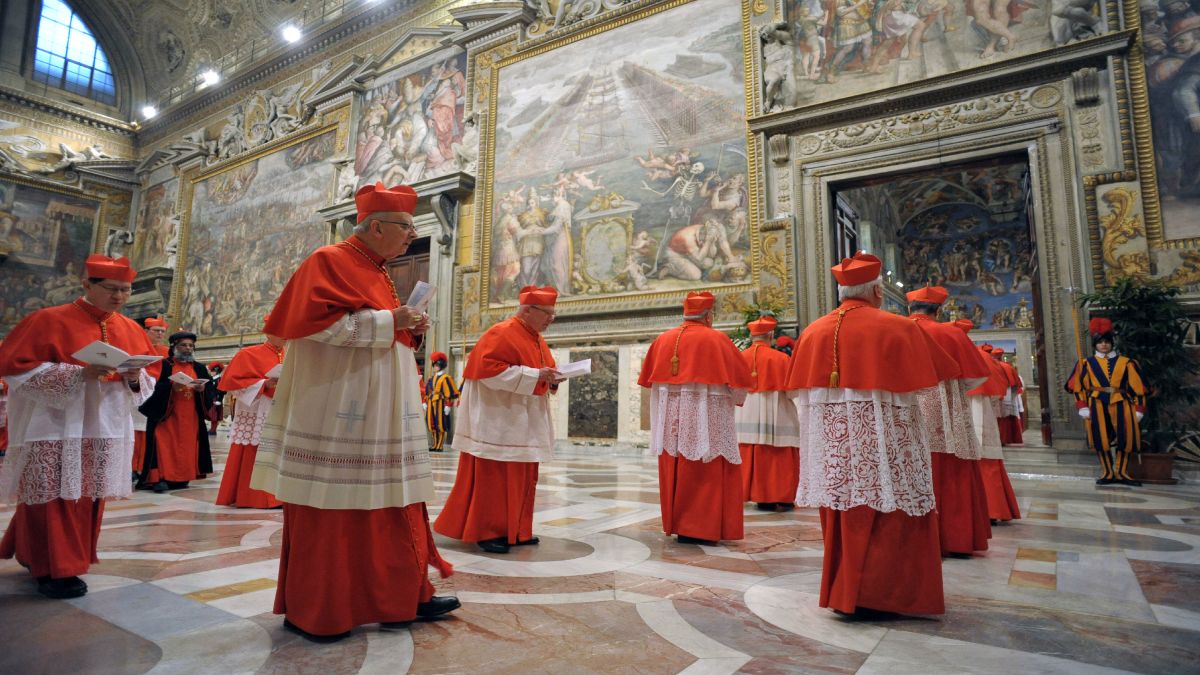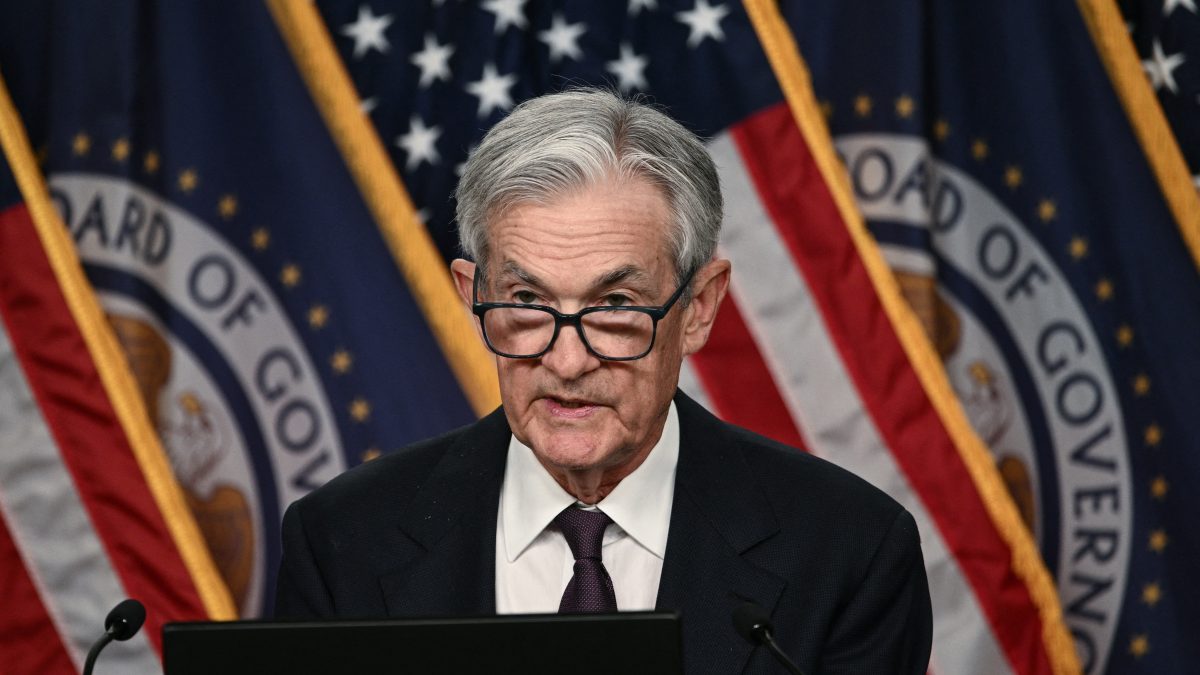Black smoke rose from the Sistine Chapel chimney at 9 pm local time on Wednesday, signalling that Catholic cardinals did not elect a new pope in the first round of voting. The 133 cardinals, meeting in private, will continue discussions in the coming days.
Earlier, after a solemn procession into the chapel, each cardinal took an oath of secrecy before voting began around 5:45 pm local time.
As the ballots were cast, attention shifted to the chapel’s iconic chimney, where a seagull briefly perched, adding a light moment to the otherwise serious proceedings.
At 9:05 pm, after hours of waiting, black smoke rose from the chimney, sparking applause from the crowd of over 45,000 in St. Peter’s Square.
The conclave will resume on Thursday and continue until a new pope is chosen to succeed Pope Francis, who passed away last month at 88.
Thousands of faithful gathered in St. Peter’s Square, eagerly waiting for the smoke to emerge from the chapel’s chimney after a day filled with rituals and prayers for guidance during the secret vote.
The crowd had to wait longer than expected, with the smoke appearing more than three hours after the conclave began—an hour longer than it took after the first vote in the 2013 conclave that elected the late Pope Francis.
White smoke will signal the election of a new pope, but this was not expected on Wednesday, as a pope has never been chosen on the first day of a conclave in modern times.
Some cardinals expressed hope this week that the process would be completed by Thursday or Friday to show the Church’s unity after the often divisive 12-year papacy of Pope Francis, who passed away last month.
After Wednesday’s single round of voting, the cardinals will hold two votes in the morning and two in the afternoon over the next days, continuing until one candidate secures a two-thirds majority—89 votes in this conclave.
Their only communication with the outside world will be the smoke from the chimney, with black smoke when there’s no result, and white smoke when a pope is elected.
Modern papal conclaves are usually short. The 2013 conclave lasted just two days, as did the one in 2005 that elected Benedict XVI.
Recently, cardinals have shared differing views on what qualities they want in the next pope to lead the 1.4-billion-member Church.


)
)
)
)
)
)
)
)
)